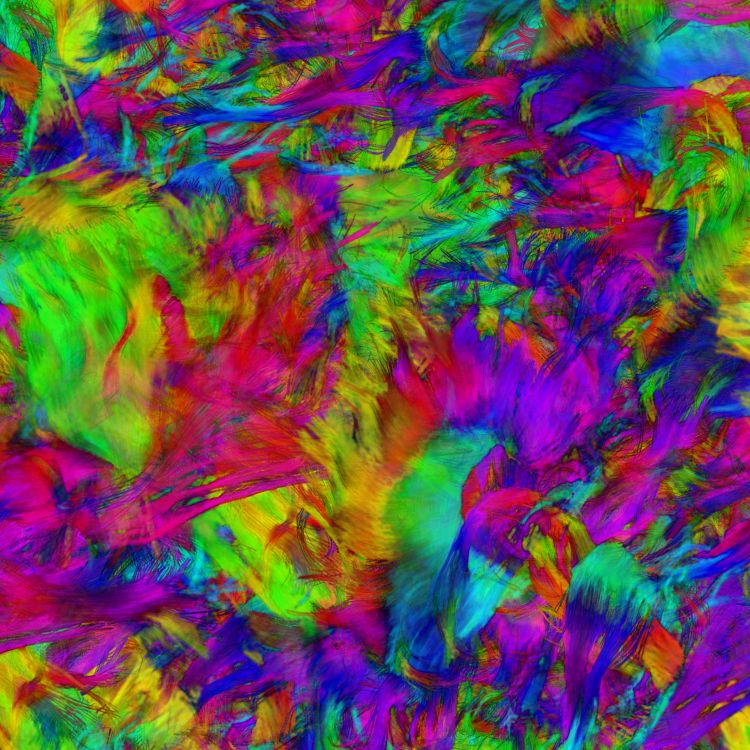

Or, if some seem to be serving a pointless task, like those attending a shut eye, they’ll move on. If, for example, there are too many of one type, causing an imbalance, the excess will die off.

Only about 50 percent of these original cells survive. In the first trimester of pregnancy, neural growth is exponential: about 15 to 20 million cells are born every hour, Harris said. If they fail to make those connections, they “commit suicide by consuming themselves.” And even if they survive this first cutthroat wave, they can “get pruned, like plants.” When they restored vision after the kitten reached 3 months old, the duo discovered that the animal never gained sight in the closed eye.Īs a brain develops, young neurons strike out, seeking to form synaptic connections across brain regions, Harris said. Moving from amphibian to mammal, David Hubel and Torsten Wiesel deprived a kitten of vision in one eye to see how the limitation might affect a growing brain. To look up, the frog looked down - for the rest of its life. And while the neurons adapted, rewiring to restore vision, the eye was not so nimble. Sperry removed, flipped, and reinserted a frog’s eye, leaving the amphibian with an upside-down world. Other 20th-century neuroscientists, including Roger Sperry, took a more hands-on approach, Harris said.

“We can’t predict exactly where they’ll land, but they will create the right amount of neuron types.” “The neural stem cells are a bit unpredictable,” Harris explained. Another, Conrad Hal Waddington, likened the development of different neuron types to a ball rolling down an uneven hill. One, Santiago Ramón y Cajal, created the first drawings of intricate neuron trees, which are still widely studied. Harris presented the relevant evolutionary history, crediting the many pioneering neuroscientists who uncovered how the “Adams and Eves of our brains” were born. The neuroscientists discussed Harris’ new book, “Zero to Birth: How the Human Brain Is Built,” which elucidates how one cell develops into the complex operational centers that not only make us human, but also individuals, with entirely unique traits, behaviors, and, yes, malfunctions. Tarr Professor of Molecular and Cellular Biology at Harvard and director of the Center for Brain Science. The talk, presented by the University’s Division of Science, Cabot Science Library, and Harvard Book Store, brought Harris together with old friend Joshua Sanes, the Jeff C. Harris opened his virtual Harvard Science Book Talk on Monday. This is a coming-of-age story - involving your brain.


 0 kommentar(er)
0 kommentar(er)
